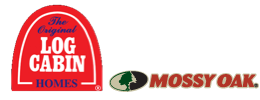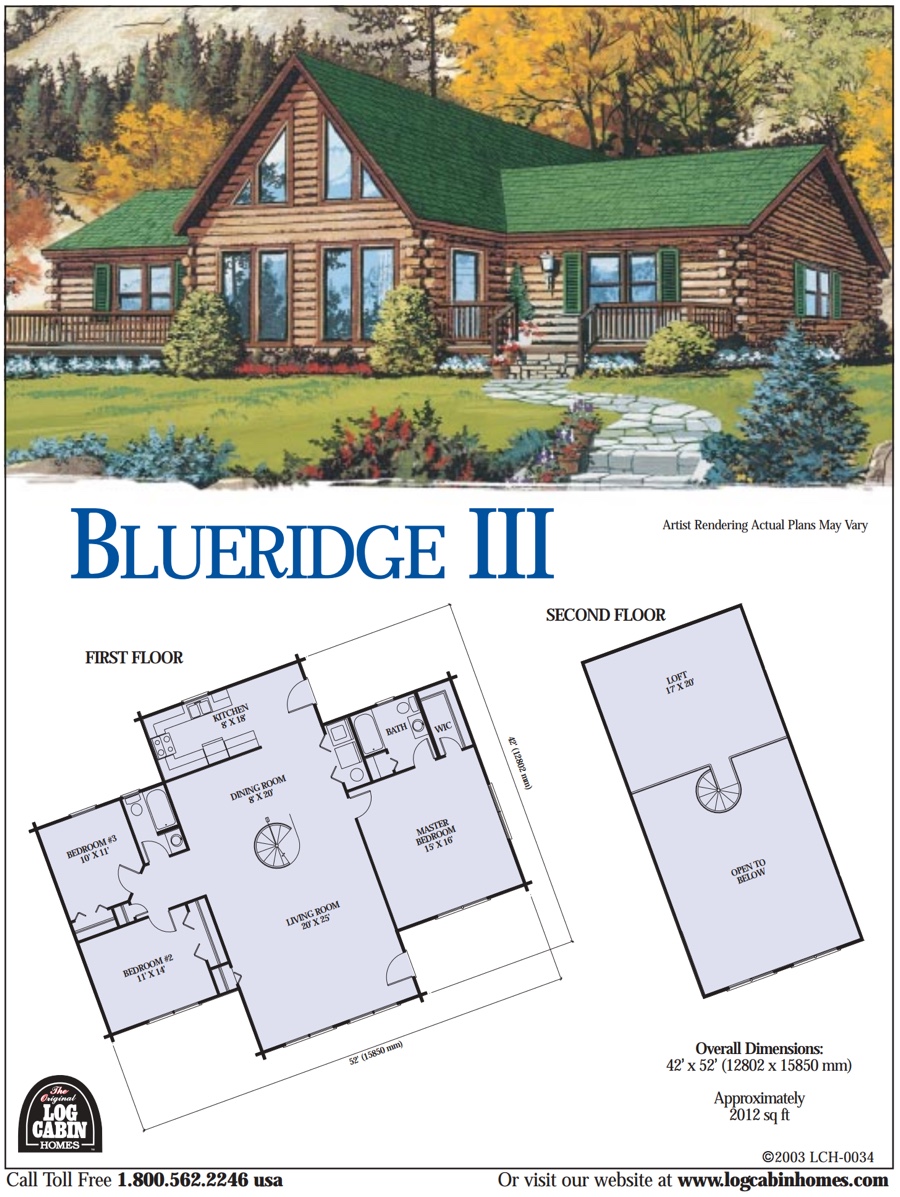
Beyond a steady stream of visitors seeking to soak up some rustic ambiance and connect with Mother Nature, there are other advantages for owning a log and timber home over more conventional construction. Longtime homeowners say log and timber homes offer rich rewards over the stick and brick homes of their neighbors. The benefits start with the building materials.
- Trees are Renewable Resources
Because trees are a renewable resource, log and timber homes come with a solid green pedigree. When a home is made from solid logs, you are effectively taking the carbon contained in those logs out of environmental circulation over the entire life of the home. Moreover, some log and timber home producers harvest standing dead timber (done in by pesky insects) or purchase logs from forests certified as sustainable. Some builders are constructing log and timber homes to green building standards as well. - Long Lasting
Got a know-it-all in the neighborhood who thinks his brick home is durable? Inform him that log and timber homes still in use in Europe routinely date back more than 800 years. And one log-constructed church in Russia is reportedly more than 1,700 years young. - Withstand Mother Nature’s Wrath
The log and timber home industry has countless stories of these homes successfully weathering the worst weather Mother Nature can dish out, including the 2005 Hurricanes Katrina and Rita. When Rita’s winds caused a giant oak tree to crash through the roof of Menlo Klingman and his wife, Mickey’s, 1,700-square-foot Satterwhite log and timber home in Eastern Texas, the home’s solid log walls withstood the weight of the toppled tree and prevented more damage “There is no doubt in my mind that this log and timber home saved our lives,” says Mickey. - Fit the Land
Since this organic building material comes from nature, the resulting structures blend into the topography like a 10-point buck on opening day. Log homes naturally integrate right into the landscape, rather than being awkwardly imposed on it. - Fast Framing
If you choose to use a precut and pre-drilled log system or a handcrafted home, the shell of your home can be framed on site faster than conventional stick framing, which will reduce the likelihood of weather-related damages or mold and mildew issues. With the right crew and building system, it can be weather tight in as little as two weeks — for an average-sized home. In conventional construction, your home is exposed to the elements for far longer, which could lead to mold issues within framing of the home, where it can thrive undetected for years. - Warmth of Wood
Warm to the touch (as opposed to the always chilly sheetrock), wood has something called “thermal mass,” a natural property in the logs that helps keep inside temperatures of homes comfortable in all seasons. This allows log walls to collect and store energy, then radiate it back into the home. - Super Energy Efficient
Provided the home is sealed properly (between the foundation and the first course of logs, between log-to-log connections and where the roof system meets the log wall), you can have a super energy efficient home. Indeed, some builders routinely build log and timber homes to meet the DOE’s “Energy Star” standards. This means it will be 30% more efficient than what building codes call for, saving you serious coin over the life of the home. “Today we can build a log and timber home to be 15 to 20 percent more energy efficient than a conventional home,” says builder Mike Gingras, owner of Seven North Log Homes in New Haven, Vermont, who has designed and built Energy Star-rated log and timber homes for the past 18 years.
An Article by The National Association Of Home Builders








